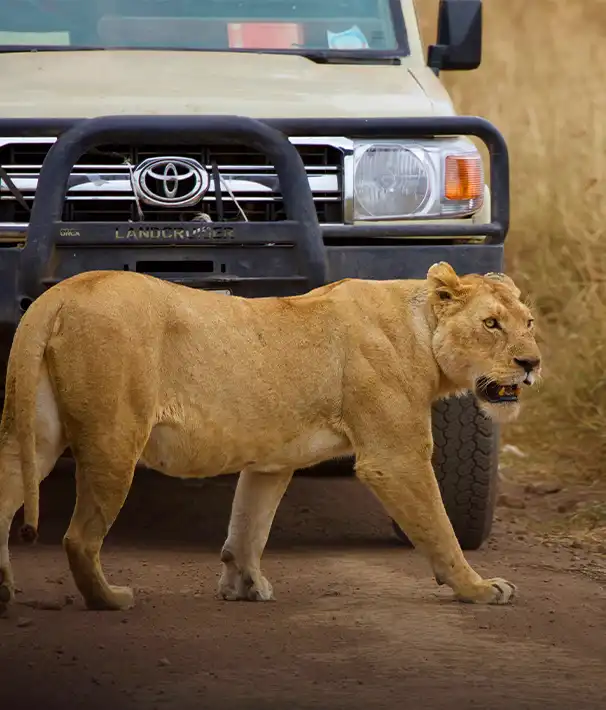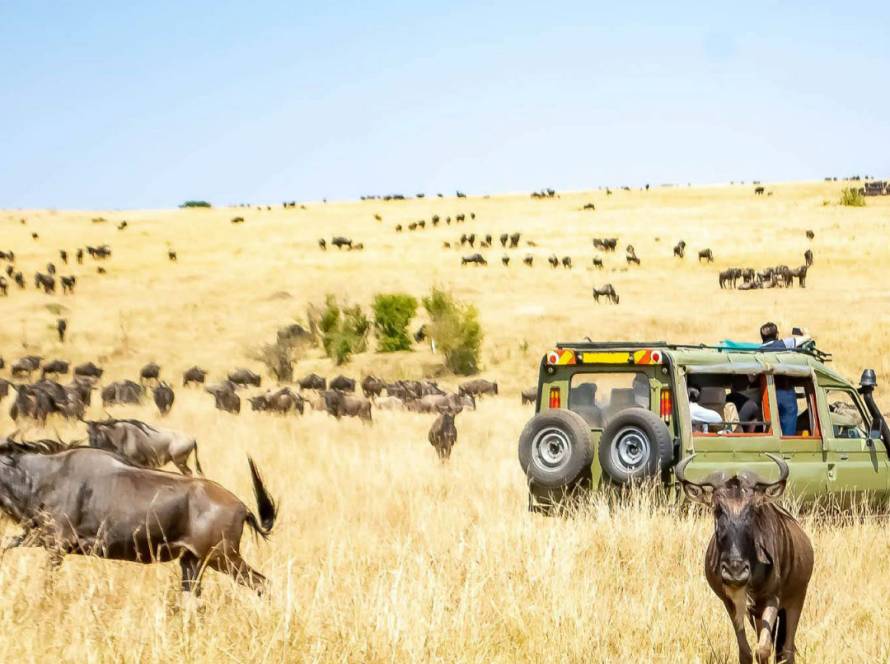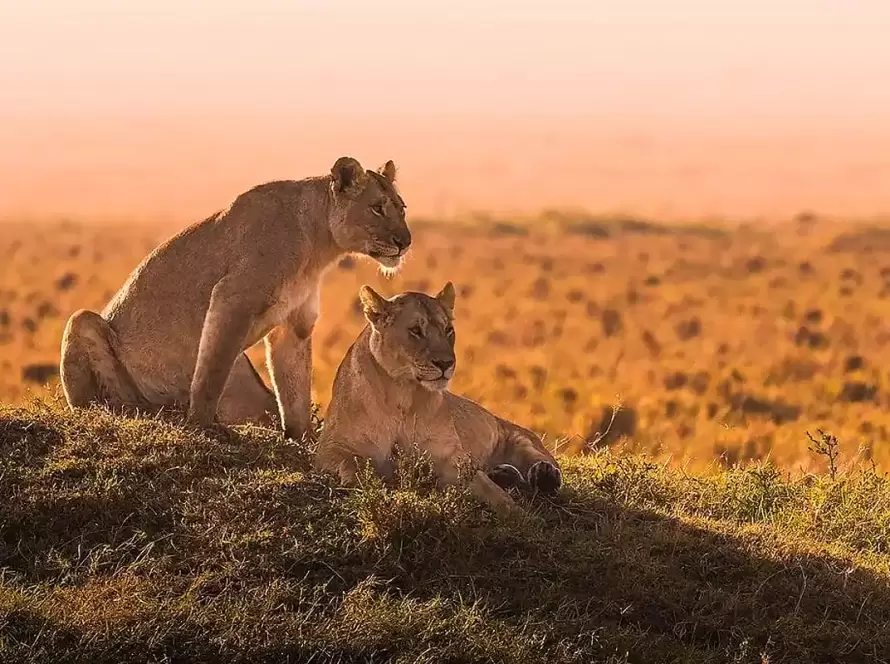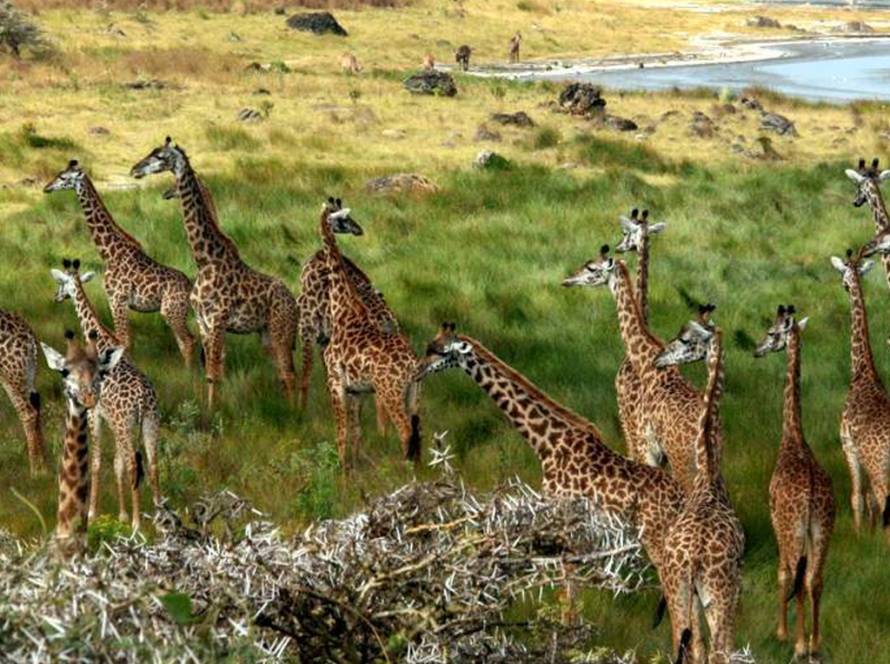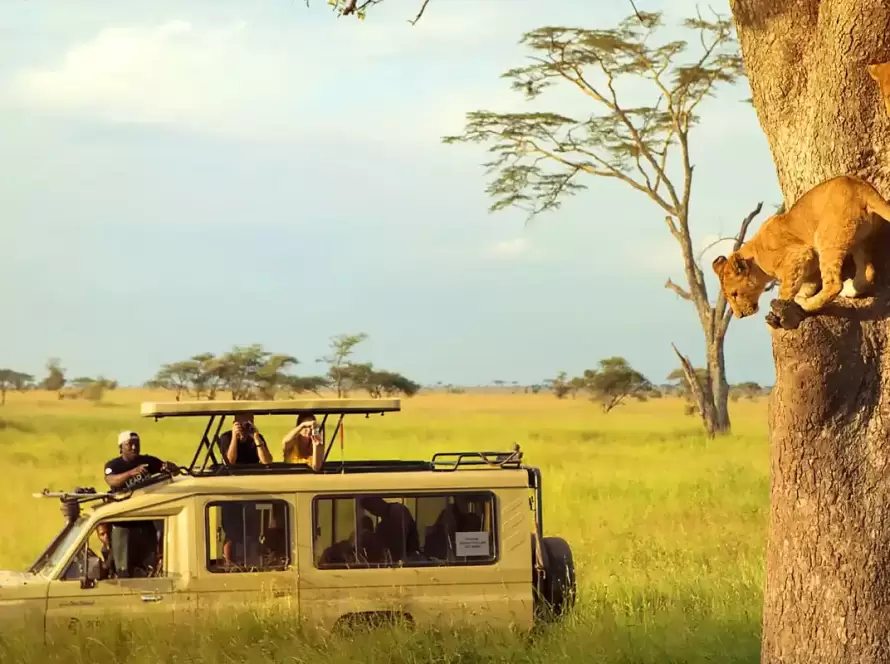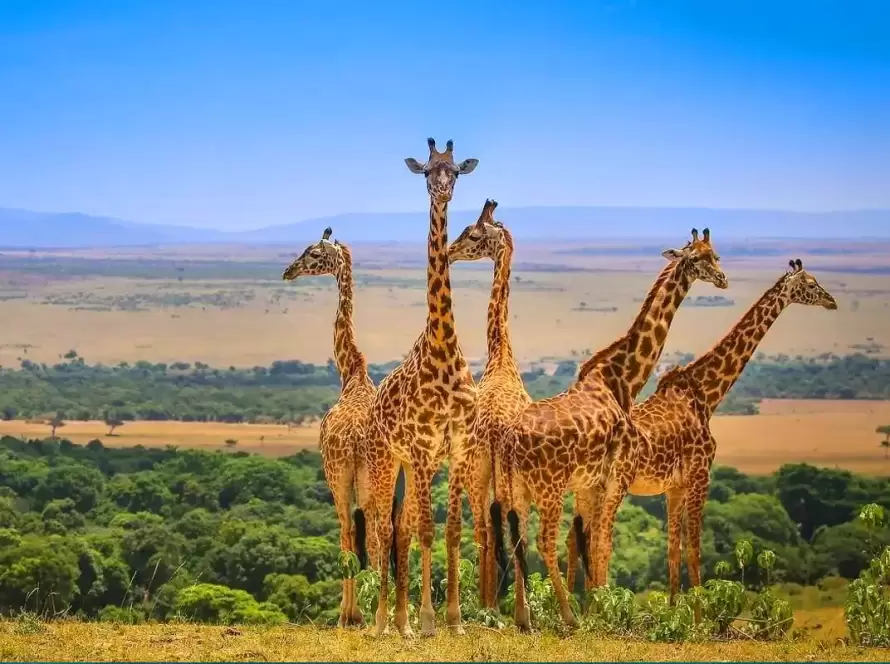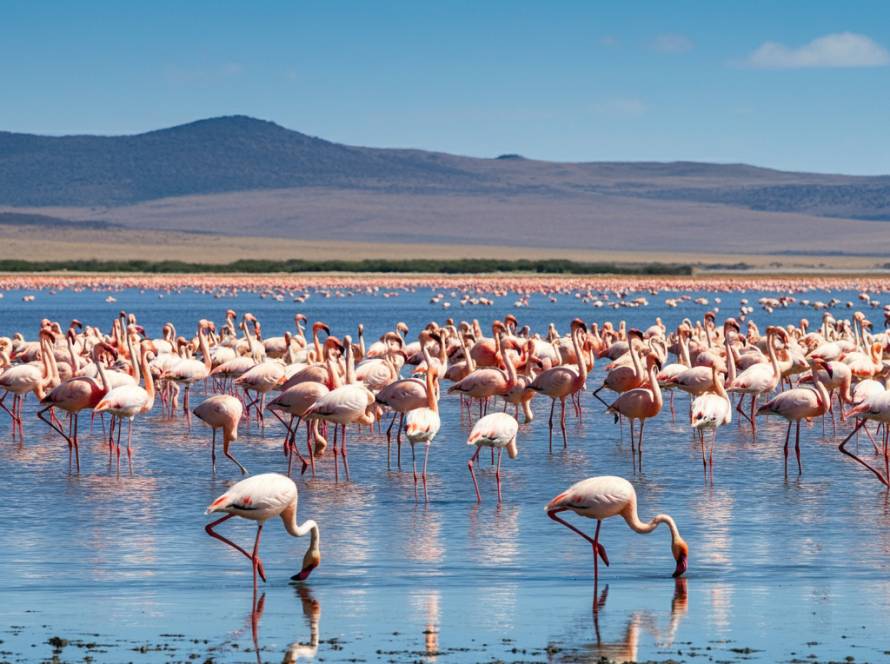Mount Kilimanjaro Facts
Mount Kilimanjaro Facts Everyone Should Know
Mount Kilimanjaro isn’t just a mountain, it’s a phenomenon. Towering above the East African plains, Kilimanjaro is Africa’s tallest peak, the highest free-standing mountain on Earth, and a bucket-list destination for thousands of adventurers each year. But beyond the bragging rights of summiting Uhuru Peak, there’s so much more to this legendary giant than most people realize.
So, whether you’re planning your climb or just love fascinating trivia, here are the essential, surprising, and downright awesome facts about Mount Kilimanjaro that everyone should know.
1. Kilimanjaro Is the Highest Mountain in Africa
Let’s start with the big one—literally. Kilimanjaro stands at 5,895 meters (19,341 feet) above sea level, making it the tallest mountain on the African continent. It’s also the tallest free-standing mountain in the world, meaning it rises dramatically from flat terrain rather than being part of a mountain range like the Himalayas or Andes.
2. It’s a Volcano, Actually, Three of Them
That’s right—Mount Kilimanjaro is made up of three volcanic cones:
| Cone Name | Status | Elevation |
|---|---|---|
| Kibo | Dormant | 5,895 meters |
| Mawenzi | Extinct | 5,149 meters |
| Shira | Extinct | 3,962 meters |
Kibo, the highest of the three, is the one trekkers summit. It’s dormant, meaning it could erupt again someday, but hasn’t in over 360,000 years.
3. The Name’s Origin Is Still a Mystery
No one really knows where the name “Kilimanjaro” comes from. Some believe it’s derived from the Swahili words Kilima (mountain) and the Chagga word Njaro (whiteness), possibly referencing the snow-capped peak. Others think it might mean “Mountain of Caravans,” due to its role in ancient trade routes.
Mystery adds to the magic, don’t you think?
4. You’ll Hike Through Five Climate Zones
Kilimanjaro is like walking from the equator to the Arctic in just a few days. As you ascend, the climate and landscape change dramatically. Here’s what you’ll pass through:
Cultivation Zone (800–1,800m): Farmlands and villages
Rainforest Zone (1,800–2,800m): Lush jungle with monkeys and birds
Heather-Moorland Zone (2,800–4,000m): Shrubs, grasses, dramatic views
Alpine Desert (4,000–5,000m): Dry, windy, barren, almost Martian
Arctic Zone (Above 5,000m): Ice, snow, and rock—this is summit territory
5. You Don’t Need Climbing Skills to Summit
One of the coolest things about Kilimanjaro? You don’t need ropes or climbing gear. While it’s a physically demanding trek, it’s considered a “walk-up” mountain—meaning it’s non-technical. That said, altitude sickness is a real risk, so preparation is crucial.
6. Over 30,000 People Attempt the Climb Each Year
Kilimanjaro is one of the most climbed high-altitude mountains in the world. Around 35,000 people attempt to reach Uhuru Peak annually. The success rate depends heavily on the route and number of days taken.
Success Rate by Route:
| Route | Days | Success Rate |
|---|---|---|
| Marangu | 5-6 | ~50% |
| Machame | 6-7 | ~85% |
| Lemosho | 7-8 | ~90% |
| Northern Circuit | 8-9 | ~95% |
Longer routes offer better acclimatization and higher chances of reaching the top.
7. The Ice Cap Is Melting Fast
One of the most shocking facts? Kilimanjaro’s iconic glaciers are rapidly disappearing. Over 85% of the ice cover has vanished in the past century, and experts believe the remaining glaciers could be gone within a few decades.
It’s a stark reminder of climate change and a reason many climbers make the trip while the snow is still there.
8. Unique Wildlife Lives on Kilimanjaro
While it’s no safari, Kilimanjaro has its share of amazing animals. In the lower zones, you’ll find blue monkeys, colobus monkeys, chameleons, and loads of bird species. Higher up, life gets scarce, but you might spot:
Four-striped grass mice
Ravens at high altitude
Leopards and elephants (rarely) on the Shira Plateau
9. It’s Featured in Hemingway’s Work
Ernest Hemingway was fascinated by Kilimanjaro. His short story, “The Snows of Kilimanjaro,” is set on the mountain and is one of his most famous works. The image of the frozen leopard near the summit still sparks debate and mystery.
10. The Summit Has a Sign (and a Line!)
Once you finally reach Uhuru Peak, you’ll find the iconic green and yellow wooden sign marking Africa’s highest point. Climbers often form a line to take their summit photo—it’s the ultimate bragging rights moment.
11. You Can Climb Kilimanjaro Year-Round
Thanks to its location near the equator, Kilimanjaro doesn’t experience extreme seasonal variations. However, the dry seasons—January to March and June to October—are the most popular and safest for trekking.
12. Tipping Is Expected for Guides and Porters
Kilimanjaro climbs wouldn’t be possible without the help of your support crew. Guides, cooks, and porters carry gear, set up tents, and help you every step of the way. Tipping is not just encouraged—it’s expected and is often a major part of their income.
13. Kilimanjaro Was First Summited in 1889
The first recorded ascent of Kilimanjaro was made by Hans Meyer, a German geographer, and Ludwig Purtscheller, an Austrian mountaineer, in 1889. They took several attempts before finally reaching the summit of Kibo.
14. You Can Get a Certificate for Climbing
After your climb, the park office in Moshi or Marangu gives successful climbers a certificate of achievement. Those who reach Uhuru Peak get a green certificate, while those who reach Stella Point get a gold one.
It’s not just paper—it’s proof of grit and determination.
15. Kilimanjaro Is a UNESCO World Heritage Site
In 1987, Kilimanjaro National Park was declared a UNESCO World Heritage Site, recognizing its unique biodiversity, geological significance, and cultural importance to the local Chagga people and beyond.
Top Tanzania Safari FAQ's
What is included in a Terra Safaris package?
Our packages typically include accommodations, guided game drives, park entry fees, and most meals. Detailed inclusions are provided with each itinerary.
Can I customize my safari itinerary?
Absolutely! We specialize in tailoring safaris to meet your specific interests, preferences, and travel dates.
Are safaris suitable for families with children?
Yes, we offer family-friendly safaris with age-appropriate activities, though some parks and camps may have minimum age requirements.
How safe is a Tanzania safari?
Safety is a top priority. With experienced guides and strict adherence to park rules, safaris with Terra Safaris are very safe.
What type of vehicles are used for the safaris?
We use specially modified 4×4 safari vehicles with open rooftops to ensure excellent wildlife viewing and comfort.
Do I need travel insurance for my safari?
Yes, we highly recommend purchasing comprehensive travel insurance that covers medical emergencies, trip cancellations, and personal belongings.
What vaccinations are recommended before traveling to Tanzania?
Commonly recommended vaccinations include Yellow Fever, Hepatitis A and B, Typhoid, and Tetanus. Always consult your healthcare provider for up-to-date advice.
